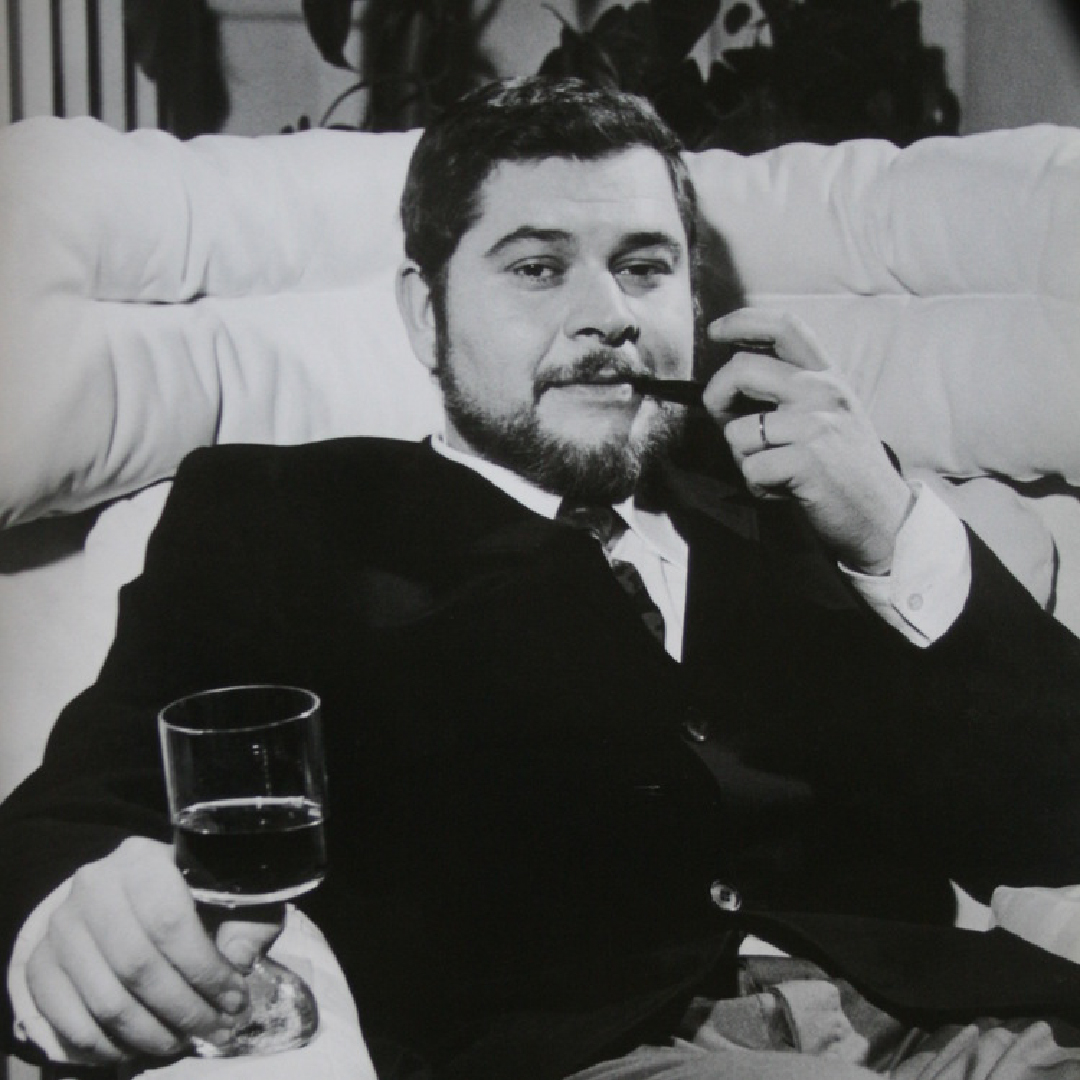Mini Coupé Table Lamp – Open Box
$595.00 $297.50
Oluce is expanding the family with the introduction of Mini Coupé, a smaller scale version of the table lamp, available in a stunning new contemporary range of 4 new colours, Lacquered black – Anodic bronze – Scarlet red and Mustard yellow. At 13.4″ in height, the Mini Coupé wittily maintains all the vigor common to Joe Colombo’s designs of the 60s. The Mini Coupé, with its chrome stem and semi-cylindrical shade, retains the distinctive profile and bold character which define the Coupé collection and which have always made it an exceptionally modern lighting range, now even more complete.
Coupé originated in 1967 from the creative intuition of Joe Colombo, who initially designed it as a variation on a lamp already in the company’s collection. In 1968, Coupé won the ”International Design Award” of the American Institute of Interior Designers in Chicago. It is part of the permanent collection at both the MoMA in New York and the ”Neue Sammlung” Museum in Munich.
Open box of the Anodic Bronze finish. Perfect condition.
| Manufacturer: | Oluce |
| Material: | Metal and aluminium |
| Finish: | Anodic Bronze |
| Certifications: | UL Certified - CE rated |
| IP Rating: | - |
| Dimensions: | 6" W X 13.4" H |
| Cord Length: | - |
| Light Source: | LED 1 x G9 |
| Power: | 100W |
| Lumens/CRI: | 300 |
Designer

JOE COLOMBO
Telling about Joe Colombo means telling the brief but intense parable of one of the greatest Italian designers, who died in 1971 at the young age of 41. It means telling about a life, as quick as lightning, of a man who strongly believed in the future and who gave us a very particular prefeguration of those fundamental 60s, when the future suddenly started to appear closer. Joe Colombo’s future was an anti-nostalgic future (he would not have recognised as ”future” the ’90s in which we live today), in which an intelligent technology would have helped every human activity, laying the foundations for completely new living models.
At the time, Joe Colombo designed entire living cells. The first one was for Bayer, Visiona ’69, an integrated cell divided in ”functional stations”: the ”Night-Cell” block (bed+cupboards+bathroom), the ”Kitchen-Box” (kitchen+dining room), the ”Central-Living” (living room). These functional stations are articulated mapwise as well as sectionwise, just like the homes designed by Joe Colombo, where floors and ceilings go up and down, continuously accelerating and slowing down within the interior dynamism, where shelves hang from above and lights are deep-set in the floor. This is probably the best known vision of Joe Colombo’s future, which makes us smile today and talk about a science fiction utopia, but another one exists, one that has been subject to less analysis and which, unlike the former, proposes independent single elements, which condense functions and which are finished and ready to use.




